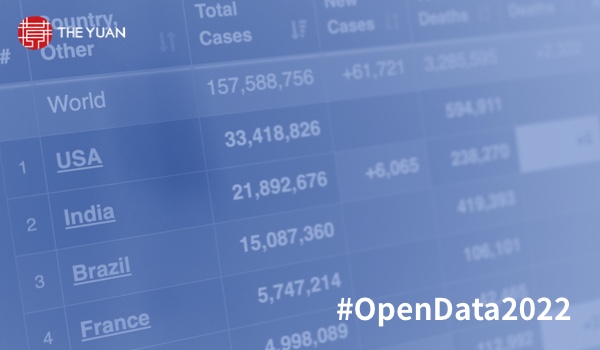


BELMONT, MASSACHUSETTS - There is nothing like a global pandemic to focus the attention of investors, entrepreneurs, and policy makers on healthcare innovation. As a result, the world has seen a lot of new activity over the last year or so driving both upward and downward trends in applying technology to healthcare.
These are the key emerging themes in the digital transformation of healthcare: COVID-19 has increased healthcare risk scores and the costs of delivering healthcare, and will continue to have a negative impact, even as it shifts from being a global pandemic to an endemic disease. Some of the positive changes in healthcare delivery it has stimulated, however, such as telehealth and homecare, are here to stay, and these will help reduce costs and increase effectiveness. Employers in the United States are stressing digital health programs, and although healthcare data are still not universally sharable, the US government has made the first step in that direction, and blockchain technology may further help secure data access and even act as a new way to organize funding for medical research. Traditional healthcare research funding sources such as venture capital and government grants may be suffering from adverse economic conditions, but Big Tech is stepping in to enlist its considerable resources in the service of healthcare innovation.
Combating COVID to drive larger healthcare budgets, tech adoption
By 2027, US healthcare costs may be USD590 billion higher than the projected USD5.8 trillion in the forecast made in 2019, according to global management consultancy McKinsey. Testing, vaccination, and treatment of endemic COVID-19 - along with the associated increased burden of mental health and chronic conditions - may add another USD220 billion in annual costs over the next five years.
As COVID becomes endemic and a part of dai
The content herein is subject to copyright by The Yuan. All rights reserved. The content of the services is owned or licensed to The Yuan. Such content from The Yuan may be shared and reprinted but must clearly identify The Yuan as its original source. Content from a third-party copyright holder identified in the copyright notice contained in such third party’s content appearing in The Yuan must likewise be clearly labeled as such. Continue with Linkedin
Continue with Linkedin
 Continue with Google
Continue with Google









 1346 views
1346 views








